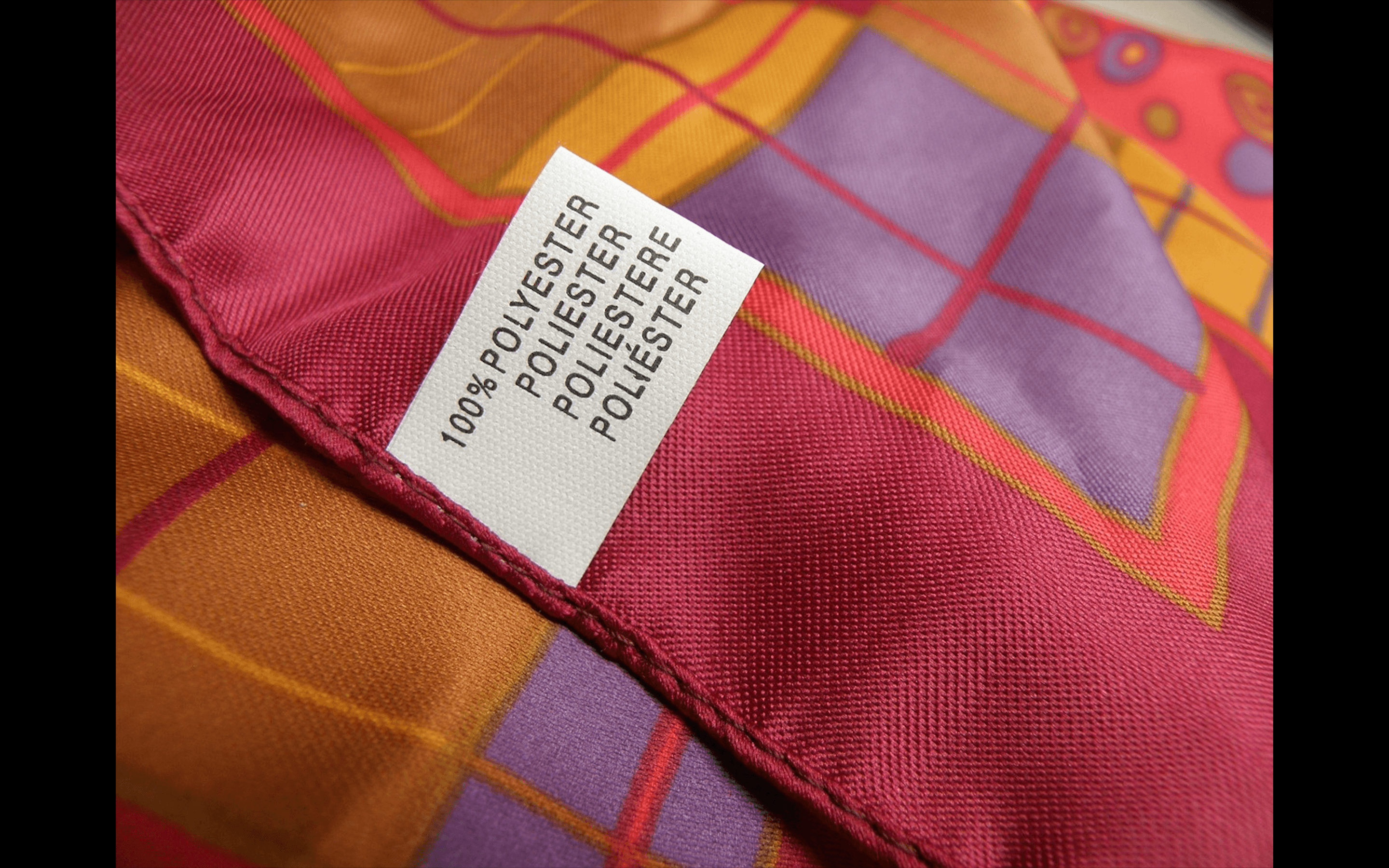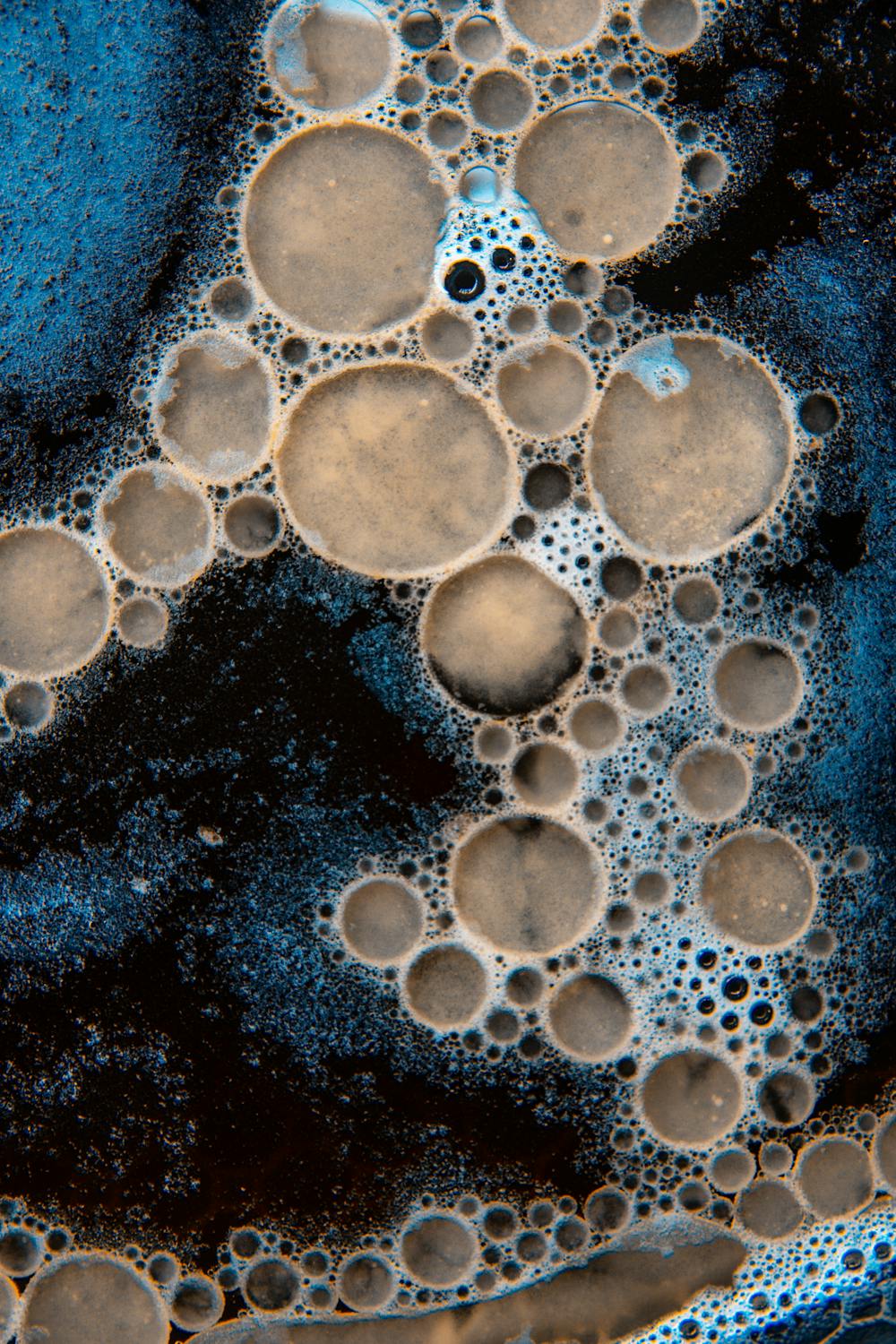Harmful Chemicals in Fast Fashion: A Hidden Threat to Your Health
What You Should Know!
In 2024, the Seoul city administration has been regularly testing the safety of clothing sold online, with the results frequently making headlines. Brands like SHEIN, TEMU, and AliExpress have come under scrutiny for selling products containing dangerously high levels of chemicals. For example, one pair of shoes from SHEIN was found to contain 428 times the legal limit of phthalates. While these findings have gained global attention, the issue of toxic substances in clothing has been a longstanding problem. Although current reports focus on ultra-fast fashion, harmful chemicals have also been found in flight attendant uniforms and sportswear.
Toxic chemicals in clothing can be absorbed by the skin upon contact, potentially entering the bloodstream in a matter of seconds. Workers in fast fashion textile factories are exposed to these substances at much higher levels, facing health risks and unfair working conditions that negatively affect their physical and mental well-being.
Worse still, some fashion products marketed as technologically innovative, such as sportswear for “sweat-wicking” or “odor-reducing,” contain harmful chemicals like triclosan and nanoparticles. These substances are quickly absorbed when the clothing comes into contact with heat, as is the case during exercise when the body sweats. Triclosan is dangerous because it can act as an estrogen, increasing the risk of breast cancer, causing hormonal imbalances, and promoting antibiotic resistance. Nanoparticles are problematic because they contain minerals like titanium dioxide and zinc oxide, which can be absorbed by the body at much higher rates than usual. This process is concerning because research has shown that nanoparticles can cause damage to the lungs, liver, and kidneys in animals.
The harsh reality of fast fashion includes exploitative working conditions in factories. Employees are subjected to long hours, meager pay, unsafe environments, and relentless pressure to meet production demands. For fast fashion brands, these risks are often overlooked, as addressing them could mean losing their competitive edge, customers, and partnerships with manufacturers.



The issue of toxic chemicals in fast fashion is complex and concerning. The idea that the clothes you wear may contain harmful substances can be alarming, especially when linked to serious health risks.
The ultimate solution is that the fashion industry must urgently address this problem, but there are steps you can take to reduce your exposure to these harmful chemicals.
First, when purchasing new items, prioritize certifications. Certifications are generally the most reliable way to ensure that harmful chemicals are limited or completely excluded.
However, changing consumer habits can also help reduce the number of clothes you buy and minimize waste. Avoid impulse buying. Choose quality over quantity. Only buy what you truly need and what will last for years.
Change starts with us.
By choosing responsibly today, we can build a world where fashion isn’t a source of pollution but a force for good.
